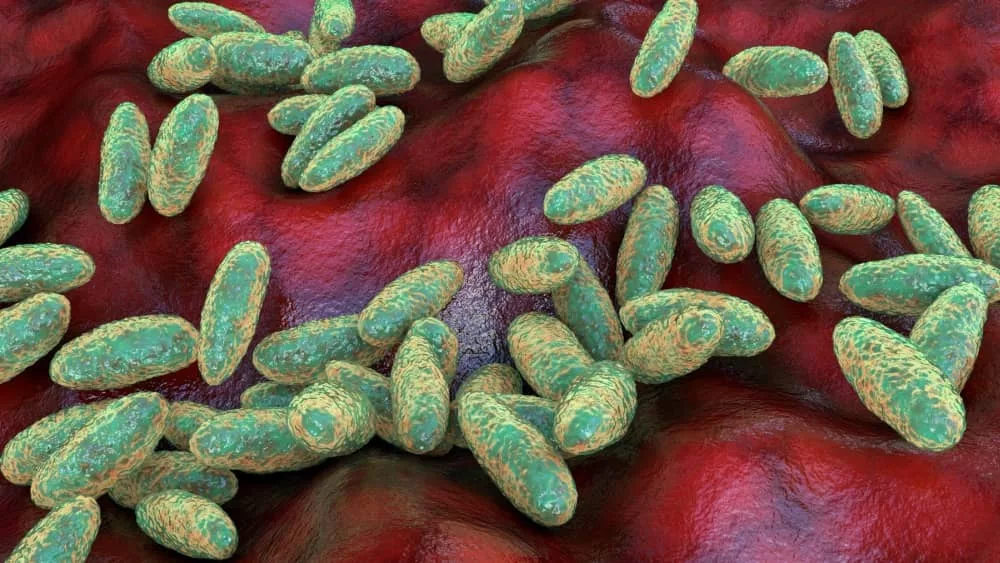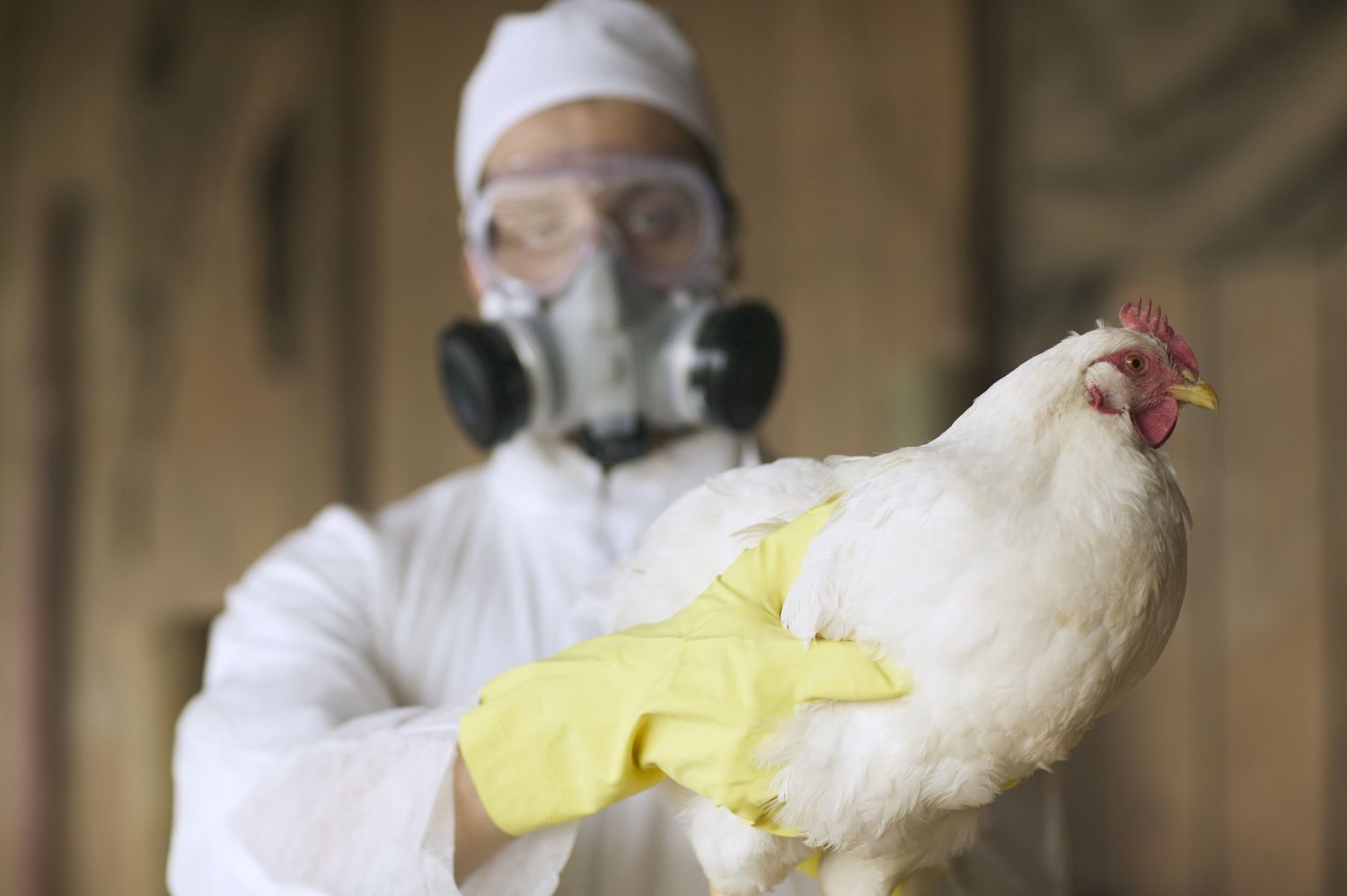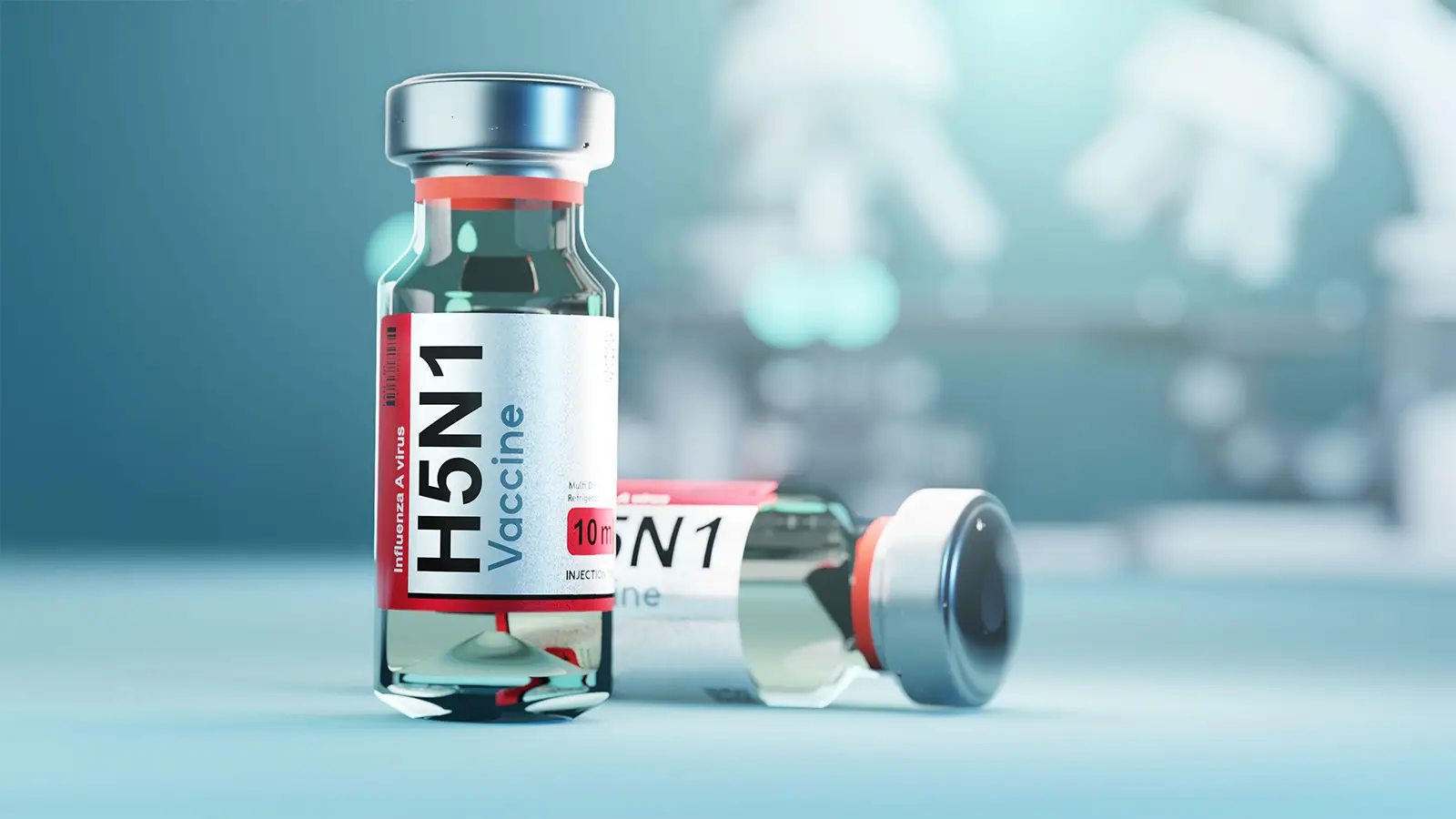The recent confirmation of a human plague case in Pueblo County has raised significant concerns among the local community and health authorities. This rare but serious disease, often associated with historical pandemics, has resurfaced, prompting a thorough investigation and immediate public health response. The presence of the plague in modern times underscores the importance of understanding its transmission, symptoms, and prevention measures. This article delves into the details of the first confirmed case in Pueblo County, exploring its implications and the steps being taken to safeguard public health.
Understanding the Plague and Its Historical Context
The Plague’s Origin and Historical Impact
The disease, caused by the bacterium Yersinia pestis, has a deadly history, and is the culprit behind some of the deadliest pandemics, such as the Black Death in the 14th century. The plague has killed off large numbers of people in the past, destroying societies and economies. It is focused among rodents on which infected fleas live.
Modern Resurgence and Current Concerns
Rare cases of plague still occur, though thanks to modern sanitation and antibiotics, they are far less prevalent. Interestingly, an outbreak of plague has recently occurred in the modern world – in Pueblo County. And yet the county was a centre for plague in the early-20th-century US. Still, the public health response was calculated, and the disease did not spread. The case in modern Pueblo County just goes to show that zoonoses are still with us, and we must stay vigilant. We need to be able to respond quickly and efficiently in the case of an outbreak.
The Case in Pueblo County
Discovery and Diagnosis
In late May, a patient who sought care for a common illness actually presented the first known case of human plague in Pueblo County, Colorado. ‘It took a series of evaluations to arrive at the correct diagnosis,’ said Stephanie Janis, public information director for the Southern Colorado Health Department. ‘The patient initially presented with the hallmarks of other more common conditions, which were falsely reassuring.’ The patient was subjected to a battery of medical tests and data inputs to work up the case over time. ‘The existence of Y pestis was confirmed clinically and later shown to be the pathogen in a series of tests in the laboratory. It will likely have ramifications for public health officials and the community.’
Public Health Response
When that was confirmed, public health officials in Pueblo County immediately began to probe the exposure point, as well as the scope of the contamination. They have set rat-trapping and flea-abating operations in play, issued public advisents and report any unusual symptoms. The early and co‑ordinated effort should minimise any spread of the disease and safeguard the community against additional cases.
Symptoms and Transmission of the Plague
Recognizing Symptoms
Plague can manifest in three forms: bubonic, septicaemic and pneumonic, each with different symptoms. The bubonic plague is the most common, causing swollen lymph nodes, as well as fever and chills. Septicemic plague is an infection of the blood stream that causes rapid and severe symptoms, such as abdominal pain, shock and bleeding. The infection of the lungs caused by pneumonic plague can be transmitted from person to person, and its symptoms include cough, chest pain, and difficulty breathing. Rapid recognition of any of these symptoms provides a treatment window that medical professionals and scientists want to remain open at all costs.
Transmission Methods
While flea bites and contact with infected tissue fluid are common routes of plague transmission, identification of the role of respiratory droplets has important public-health implications with respect to control measures. Treating an animal suspected of plague infection with antibiotics significantly reduced the number of human plague cases Weld and Pueblo Counties, Colorado If plague is spread by inhalation, as we now know, control efforts require public-education campaigns to inform residents about the risks and steps they can take to protect themselves, like preventing rodent exposure and using commercially available flea control products on their pets.
The Role of Pets and Wildlife
Pets as Potential Carriers
Pets are a major source of plague transmission – taking fleas or lice from a cat or a dog into human dwellings. Pueblo County public health workers emphasise pet-flea control, and have a veterinary clinic for pets that get sick. For owners of pets who lie on the ground, extend their beds so the pet doesn’t lie on the floor, an invitation to flea bites.
Wildlife and Rodent Control
Wildlife and rodent populations are natural reservoirs for the plague bacterium, so suppressing plague in the environment involves suppressing the animal reservoir. In Pueblo County, efforts include habitat modification (such as removing rocks, dead snags and clutter), trapping and insecticide use. Maintaining public cooperation in reporting rodent activity and keeping the environment clean also helps. The less interaction between wildlife and rodents and people, the less likelihood of plague.
Preventive Measures and Treatment Options
Preventive Measures
Prevention measures play a key role in minimising the risk of plague transmission. In Pueblo County, public health advisories encourage avoiding contact with wild animals and using insect repellents. Pet owners should treat pets for fleas. Residents may also alert local health officials to sightings of dead animals, which are often early indicators of the plague. Community education encourages residents to adopt preventive behaviours. By doing so, they counter the forces that sustain the dynamics of infectious disease and diminish the likelihood of infection.
Treatment and Medical Response
Plague is treatable with antibiotics, which are very effective, especially when started early. Pueblo County healthcare providers are vigilantly watching for potential cases, and taxonomists are working to confirm cases and experience to treat them quickly and safely in the event of an outbreak. Public health officials have protocols for managing and isolating confirmed cases so as to prevent further spread. Medical responses are ongoing and involve collaboration with state and national health agencies.
Public Awareness and Future Implications
Raising Public Awareness
Besides the public campaigns, raising awareness is crucial in order to handle and cope with the plagues in Pueblo County too. The public health campaigns aids the local people in controlling and reducing the disease level by providing them with knowledge of the symptoms, the modes of transmission and the preventive measures related to plague through various channels of mass media including internet, local TV and Radio channels as well as through the village meetings. If the people are familiar with the problem and can respond o it in time, the disease can be diagnosed, treated on time and stopped till its spreading is attenuated.
Long-Term Implications and Preparedness
Looking forward, it likewise presents an opportunity: the first human case of plague in Colorado indicates the need for better public health preparedness by creating surveillance systems, dedicating to research, and fostering communities. Future strategies would seek to improve detection, response, and collaboration between local, state and national health departments. Following this case, the public health system would be better prepared for zoonotic disease information and policy.
Conclusion
The confirmation of a human plague case in Pueblo County serves as a stark reminder of the persistent threat posed by zoonotic diseases. By understanding the historical context, recognizing symptoms, and implementing effective preventive measures, communities can mitigate the risk of outbreaks. The proactive response of Pueblo County’s public health officials demonstrates the importance of vigilance and rapid action in safeguarding public health. As we move forward, continuous education and preparedness are essential to protect against the resurgence of the plague and other infectious diseases.




